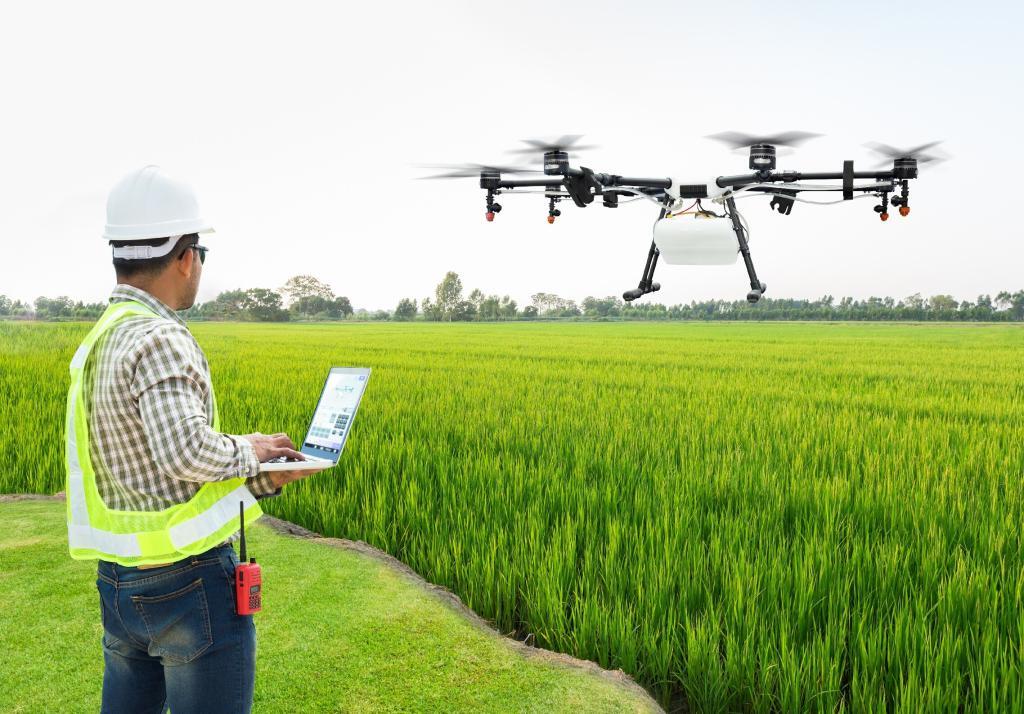By Kelli Kedis Ogborn

For some, space activities are conceived only as bold exploratory missions and plans for a future on the Moon and around Mars. While these pursuits are inspiring, they do not on their own reveal the powerful potential that space affords. The truth is activities in space are vast, complex, and local, and the value of their impact might not be immediately obvious to all stakeholders.
An incisive example of the importance of space and its purely Earth-bound impact was the use of Starlink satellites in the Ukrainian conflict. In 2022, the government of Ukraine and the population needed more communication satellite access, which had been degraded or blocked by Russia as a part of its invasion. To remedy the need, SpaceX delivered terminals for its Starlink satellite service, which allowed the people and their military to communicate.
Space innovation is hard, but nations with emerging space ecosystems have a huge opportunity today that exists because the ecosystem is new.
This highlighted the private sector’s speed and agility in responding to geopolitical events and in a way that government actors would struggle to match. It also underscored the ability of a single private company to intervene in geopolitics, and SpaceX is only one space company amid thousands worldwide. This raises an important question. Given new capabilities in the private sector as well as in civil agencies, militaries, non-profits, and others, how can the space community coordinate and collaborate to maximize space benefits for terrestrial applications (e.g., communications, Earth observation, transportation, security)?
Today, there are more than ninety nations operating in space, and each country is investigating how a domestic space ecosystem can be a powerful catalyst for transformational change across many sectors, age groups, and professional roles. It can elevate entire societies, improving quality of life, promoting education, and stimulating economic activity. Getting there, however, means helping more stakeholders understand the case for space.

The Virtuous Cycle of a Space Ecosystem
Ecosystems are complex, and deciphering how they function means first understanding the component elements and the relationships between them. This reveals the ecosystem’s opportunities and risks and what is required for survival and success. Think of space as an ecosystem, with a constellation of participating organizations and individuals operating in the areas of basic science, R&D, business, government, education, international collaboration and more. It’s said a rising tide raises all ships, and the space tide is coming in. Consider how a space ecosystem leads to a virtuous cycle of benefits.
National needs (such as indigenous satellite connectivity) drive government strategies that inform budgets and investments. Civil and/or defence bodies identify objectives that require, for example, a novel piece of technology or technology system. Private sector actors, from large contractors to new start-ups, use government funds to develop and supply the needed technology. And it doesn’t stop there.
The R&D required for companies to develop those products leads to intellectual property that can be used to build and sell products to other customers. These may be space-focused organizations, but they may also be non-space government agencies or businesses working in space-adjacent markets (e.g., batteries designed for space that offer advantages on Earth). As intellectual property drives product or service sales, businesses thrive, which generates economic activity, delivers cutting-edge technology across government and business, and, profoundly, invigorates domestic talent pipelines and promotes education.

Organizations developing sophisticated products require a skilled workforce. The demand for talent as well as the “cool factor” of space that entices young minds can mean broader interest among students to study science, technology, engineering, and mathematics (STEM) fields. As more students gain knowledge and degrees in STEM fields, a nation enjoys not just a space-ready workforce but also generations of skilled talent that are suited for economically powerful areas such as telecommunications, robotics, artificial intelligence, high-precision manufacturing and more.
Today, there are more than ninety nations operating in space, and each country is investigating how a domestic space ecosystem can be a powerful catalyst for transformational change
Industries with a skilled workforce can become more competitive regionally and internationally, which begins to attract talent and investment from abroad. New venture capital fuels daring start-ups pushing the boundaries of what is possible, creating differentiating and competitive national capabilities, driving business activity, and encouraging even more workforce development.
That is the “big picture” of space, and the more stakeholders who see it, the greater the potential for space ecosystems.
An Opportunity for Emerging Space Nations
While there are dozens of nations operating in space, each country has charted its own path, drawing on its strengths and assets to address the highest value needs space can satisfy. One of the challenges in engendering buy-in is breaking out of the mindset that the space ecosystem is only open to businesses or organizations that are space-specific, since the core product or service is designed narrowly for space application. This is a misconception. The truth is that space-adjacent organizations (i.e., those with a product or service that could have space application) may be some of the most important stakeholders in a growing ecosystem. Existing IP, skilled talent, and supply chains are a springboard for growth.
To be sure, space innovation is hard, but nations with emerging space ecosystems have a huge opportunity today that exists because the ecosystem is new. Countries with large, long-standing space programs, like the United States, can be burdened by legacy institutions, outdated laws and regulations, and a culture of “this is how we have always done it.” Nations with nascent space programs and industry do not struggle with the same heritage. They enjoy a blank slate on which to chart their course, dodging pitfalls while also capitalizing on the unique strengths and capabilities of the local market and workforce.
No two space ecosystems look the same. There is always variance because space thrives on the diverse contributions of participating organizations and nations. To bring more people to the table, space stakeholders must help make the case for space. The result will be not just more activity beyond the atmosphere but also a wealth of cross-cutting benefits for everything and everyone below it.

As vice president of space commerce and entrepreneurship at Space Foundation, Kelli Kedis Ogborn leverages her expertise to spearhead Space Commerce Institute, an initiative designed to deliver informed insight and actionable programming to help companies and individuals find their market share and grow within the burgeoning space economy. With extensive experience in R&D and cutting-edge technology applications for the U.S. government and private sector, her qualitative and quantitative methodologies guide organizations and companies that are transitioning from development ecosystems to market capitalization. Connect with Kelli on LinkedIn and Space Foundation on LinkedIn, Twitter, Facebook and Instagram.
 SpaceWatch.Global An independent perspective on space
SpaceWatch.Global An independent perspective on space




